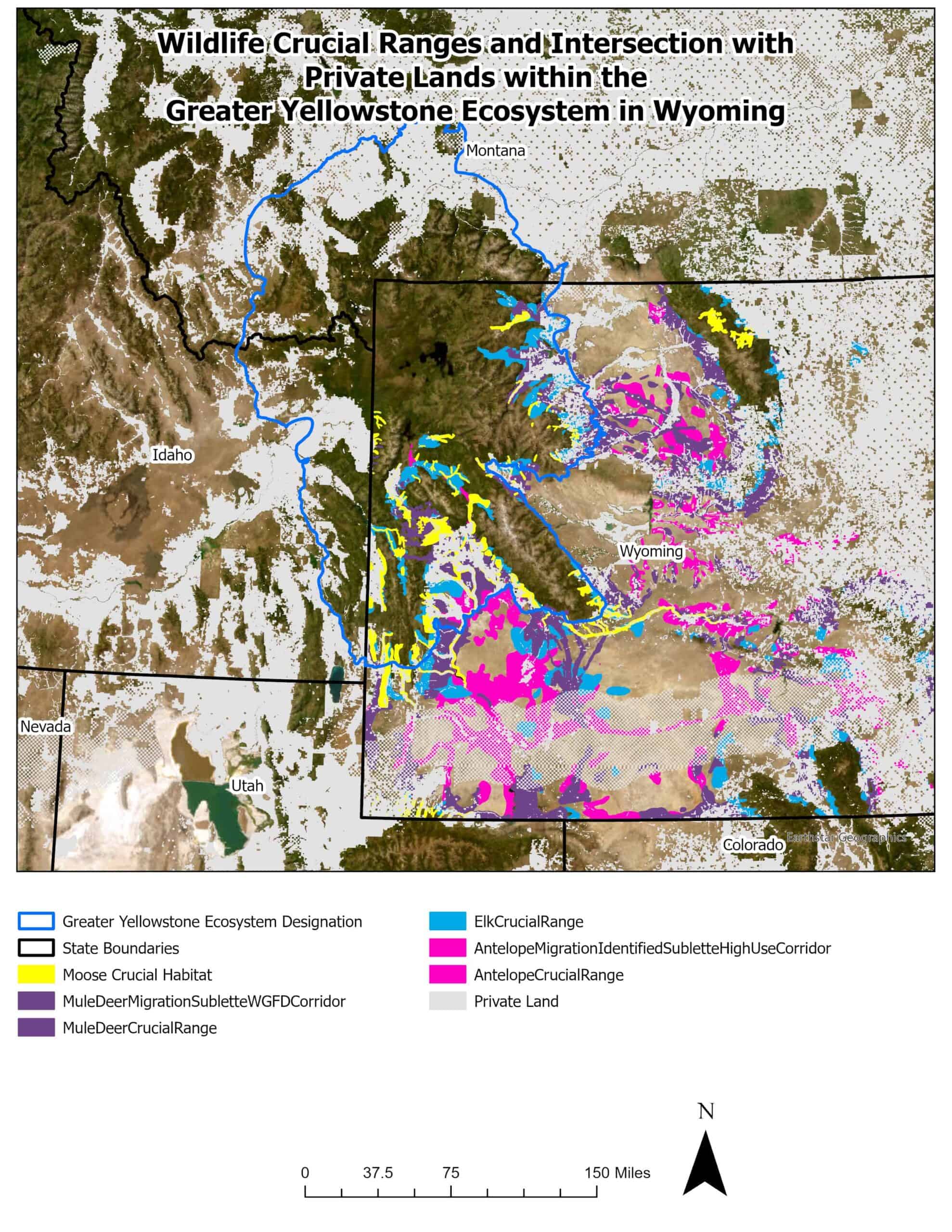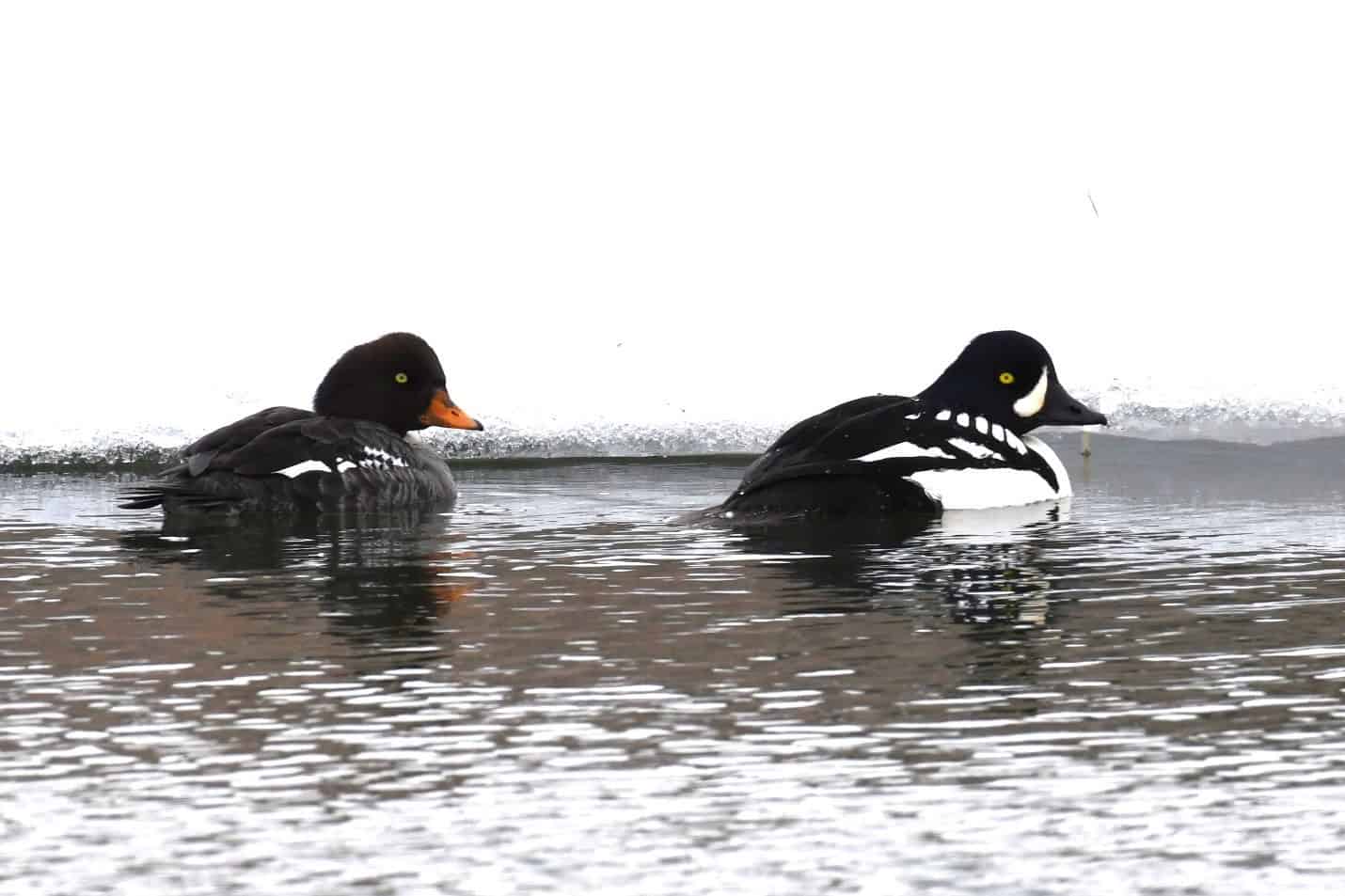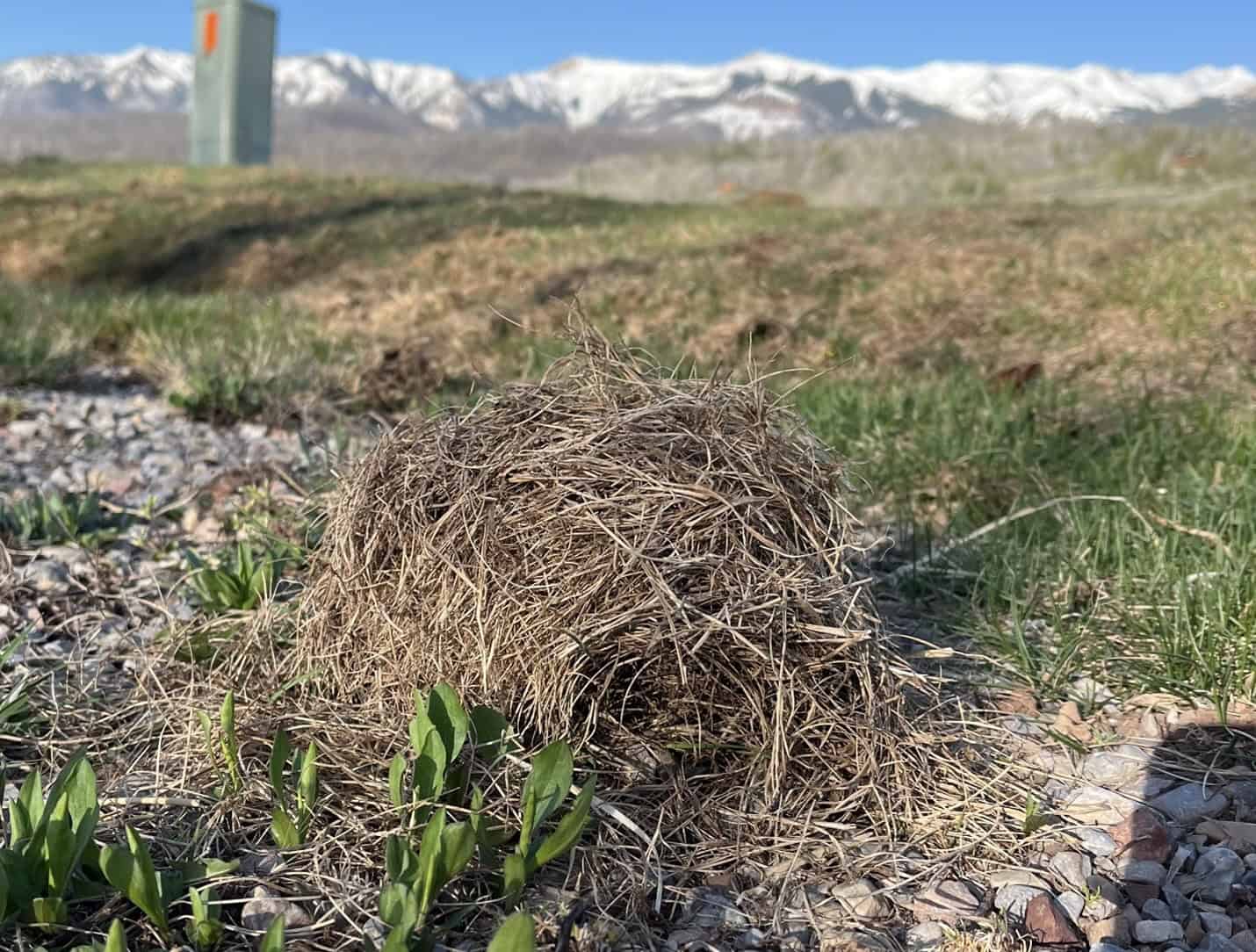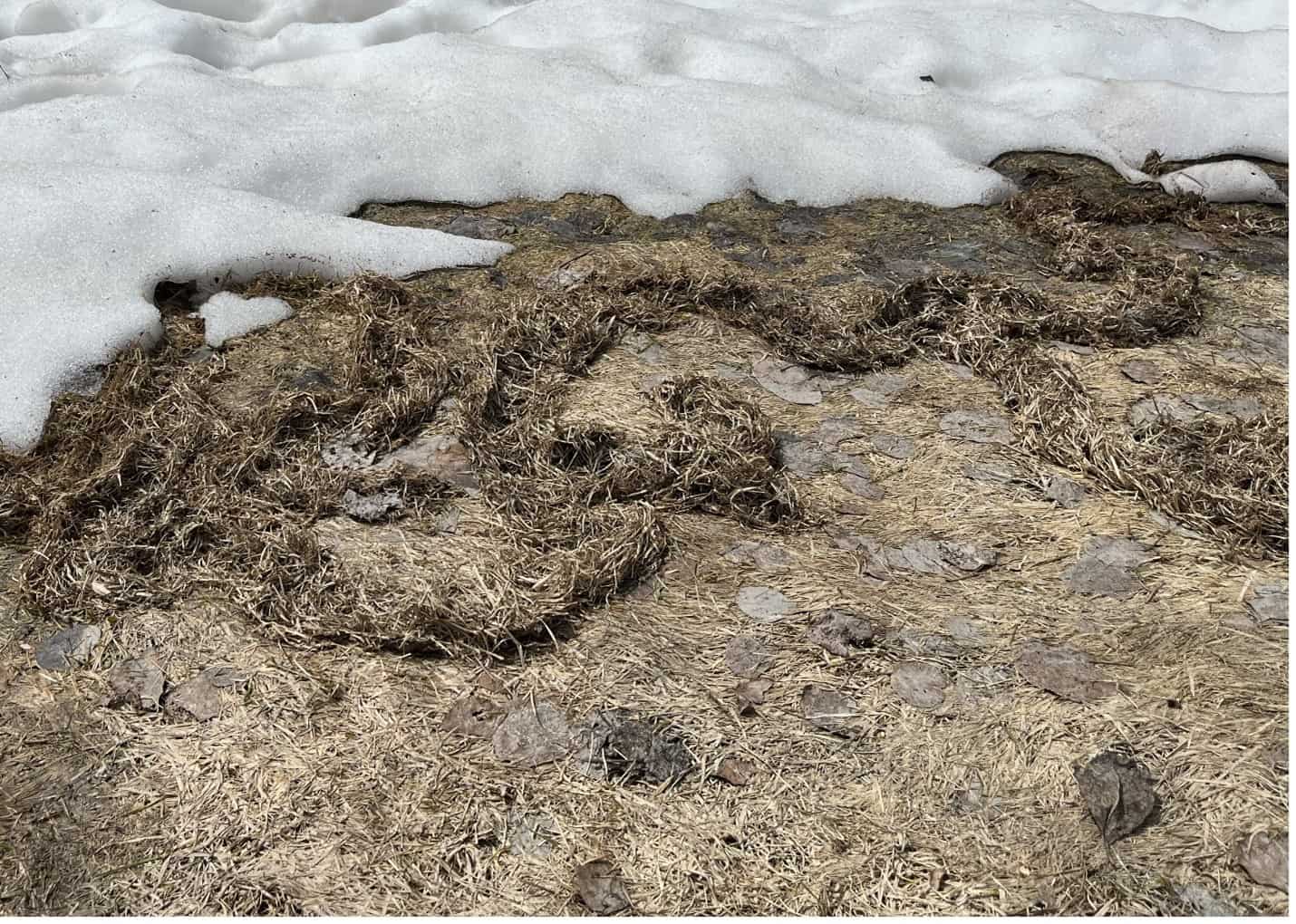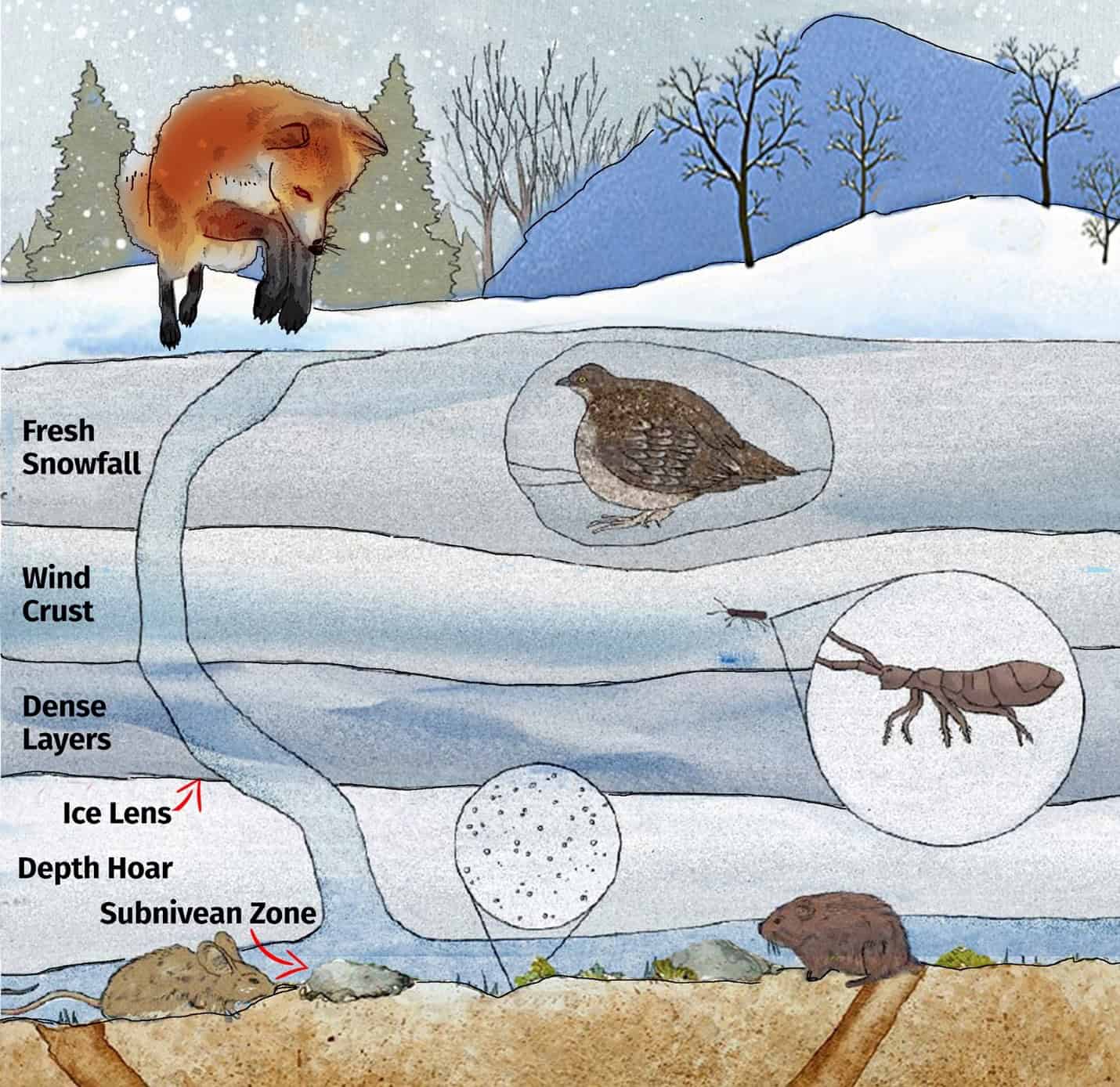Join the Team as an Associate Ecologist!
Applications Open December 1, 2025

About Us: Founded on the principle that conservation is everyone’s responsibility, The Ricketts Conservation Foundation (RCF) works with private and public partners to study, protect, and enhance the populations of at-risk species within the Greater Yellowstone Ecosystem, while working to understand how our lands can be sustainably managed.
Job Summary: The Associate Ecologist is a full-time position that will work closely with the Conservation Project Manager to administer RCF projects in and around the Greater Yellowstone Ecosystem (GYE). The Associate Ecologist will work with the Director and other RCF employees to implement conservation projects, monitor, collect and analyze data, publish results in appropriate peer-reviewed and popular outlets, and represent RCF at professional and public events.
Responsibilities:
- Coordinate, schedule and implement monitoring related to the Virtual Fence Conservation Partnership projects.
- Effectively coordinate and communicate with partners regarding RCF projects.
- Conduct vegetation monitoring, inventory, and data analysis.
- Implement other fieldwork as necessary for project success.
- Assist with planning and implementing outreach and education events throughout the GYE.
- Familiarity with and knowledge of all RCF projects.
- Communicate project results clearly via final reports, peer-reviewed print scientific journals, online scientific journals, books, book chapters.
- Write and/or review blog articles and social media posts regarding RCF projects and mission.
- Present on findings to scientific and conservation organizations.
- Perform other duties as assigned.
Required Skills and Abilities:
- Knowledge of vegetation, soils and wildlife field monitoring methods.
- Knowledge of low-tech erosion control structures and beaver dam analogs.
- Understanding of watershed hydrology and rangeland health.
- Knowledge of rangeland management practices.
- Ability to manage projects with minimal supervision and work independently.
- Experience working alone in remote locations and navigating with the use of a handheld GPS, OnX or other mapping applications.
- Demonstrated ability to conduct scientific research and publish results.
- Excellent verbal and written communication skills.
- Excellent organizational skills and attention to detail.
- Excellent time management skills with a proven ability to meet deadlines.
- Strong analytical and problem-solving skills.
- Strong leadership skills.
- Able to assist project leaders achieve their goals.
- Ability to prioritize tasks.
- Proficient with R, Python, ARC-GIS, Excel, and SQL database management.
- Experience using, manipulating, and digitizing GIS or KML data for the purpose of creating maps, final reports, and project identification.
- Commitment to wildlife conservation.
Desired Skills/Abilities:
- Data visualization and graphic design skills.
- Familiarity with the Greater Yellowstone Ecosystem and its flora and fauna.
- Ability with chainsaws, ATVs, snowmobiles, manual transmission trucks, general electrical work, carpentry, mechanical proficiency, and small engine maintenance.
- Backcountry skills and experience
- Comfortable living in a rural environment (~35 miles from Jackson, WY, 40 miles from Pinedale, WY).
Education and Experience: A bachelor’s degree in a field related to rangeland management, wildlife habitat management, soil science, conservation, watershed management or similar field required. A minimum of two years of field experience demonstrating the knowledge and skills identified above.
Physical Requirements: Position includes working with employees and partners in the field, primarily within the GYE. Ability to hike and camp in rugged back country terrain, lift and carry a 50 lb. pack, use power tools (e.g., chain saw), and operate 4x4 vehicles required.
Pay, Benefits and Work Responsibilities:
Pay range: $50,000 – $60,000, depending upon qualifications of applicant.
Housing: On-site housing or housing allowance provided.
Working remotely: Allowable December 1 – February 28.
Full benefits include medical insurance, paid vacation, and IRA.
Applications: Applications will be reviewed starting January 1, 2026. Position is open until it is filled.
Please email your letter of interest, resume, and three references to Shari Meeks at [email protected]. Incomplete applications will not be considered.

